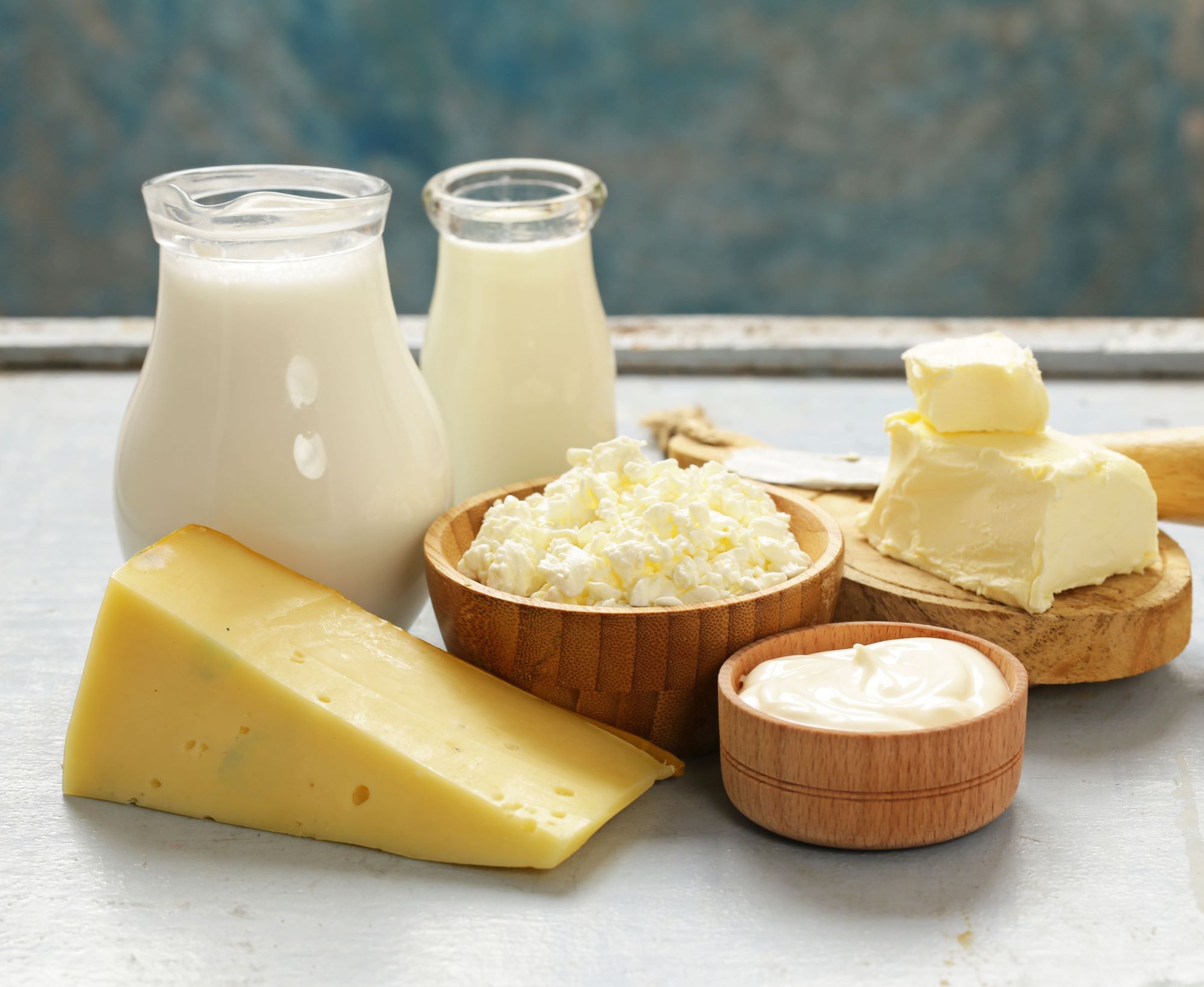Increase in dairy consumption a win-win for both healthy bones and the economy
Last updated on 16 November 2023

As the global population continues to age, the healthcare industry faces unprecedented challenges. Among the top concerns are the costs associated with treating age-related health conditions, particularly those related to musculoskeletal health.
A higher intake of dairy among older adults is associated with a reduced risk of fractures and falls. Consequently, this dietary shift could lead to substantial savings in healthcare costs.
Key points:
- Around 30 per cent of all hip fractures occur in aged-care residents and around two-thirds of those in aged-care are malnourished or at risk of malnutrition.
- According to the Australian Dietary Guidelines, older males and females (70+) should aim for 3.5 and 4 serves of per day, respectively
- 99% of older adults in the community aren’t meeting these recommendations with an average of 1.3 serves
- Malnutrition is also a major problem among older Australians, especially those living in aged care facilities as a staggering 68% of residents in aged care are malnourished or at risk of malnutrition.
- In aged care, the average intake is 2 serves of dairy per dairy, well below the recommended 3.5-4 serves.
In a groundbreaking scientific endeavour, researchers in Australia have conducted a 2 year study on aged care residents, shedding new light on how dietary choices can impact the bone health of older adults.
The study, which was partly funded by Dairy Australia, was conducted by the University of Melbourne and Austin Health and has shown that increasing dairy intake can significantly reduce the rates of falls and fractures, including a 33% reduction in all fractures, a 46% reduction in hip fractures and 11% reduction in falls.
By focusing mainly on the effects of protein and calcium-rich dairy consumption, the study has unveiled critical findings that could significantly impact the health and well-being of the ageing population. The assessment was based on whether increasing intake of dairy foods such as milk, cheese, and yoghurt in the diet could reduce the risk of fractures and falls, a common concern as we age.
Participants were divided into two groups; the control group receiving their regular aged care menu and the intervention group receiving increased dairy (3.5 serves per per day), simply by modifying the existing food menu.

Key Findings
1. Fracture Risk Reduction
A significant finding was a 33% reduction in the risk of all fractures and a 46% reduction in hip fractures among those who consumed 3.5 serves of dairy regularly. This finding has profound implications for the ageing population, as fractures are a significant health concern for older individuals.
2. Falls Reduction
The study showed an 11% decrease in falls in those who added extra dairy to their diets. This can be linked back to the protein content of milk, cheese, yoghurt. In the control group (no additional dairy), the participants lost muscle in their arms and legs, while this was maintained in the intervention (dairy group). Additionally, dairy foods, particularly milk contain the amino acid leucine which is well known as a potent stimulus for muscle protein synthesis.
3. Malnutrition Status
Increasing consumption of dairy foods by the additional 1.5 serves, provided around 10 g extra protein daily, and this increase meant nutritional status was maintained compared to those who did not receive the additional dairy foods.
Few studies have investigated the efficacy and safety of a nutritional or whole food approach to fracture risk, with most looking at supplementation with single nutrients (i.e. calcium or vitamin D supplements). This is the first randomised controlled trial to show a benefit of dairy food intake on fracture risk in aged-care residents.
Implications for Healthcare Sector
In a surprising twist, the solution to a healthier ageing population and a more sustainable healthcare economy might just be found in the dairy aisle. The findings from the research have unveiled that increasing dairy consumption in older individuals could lead to significant cost savings in the healthcare sector, potentially amounting to millions of dollars.
Drawing from the results of the trial, the economic analysis estimated that dietary intervention can save $66 million annually from the Australian healthcare budget, which takes into account ambulance transportation, hospital admission, rehabilitation and extra care requirements once they return to their aged care home.
The study recorded an average overall saving of $175 per resident per year, with the cost of increasing dairy to the menu estimated at $0.66c per day, per resident.